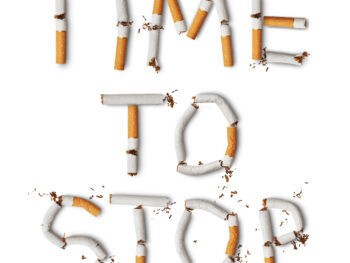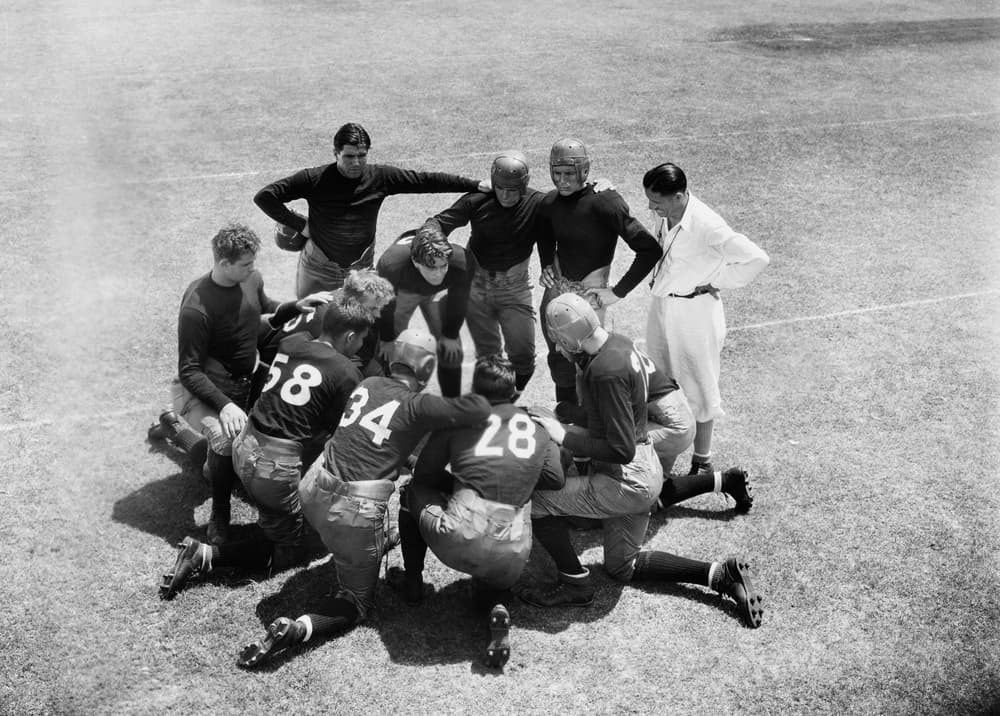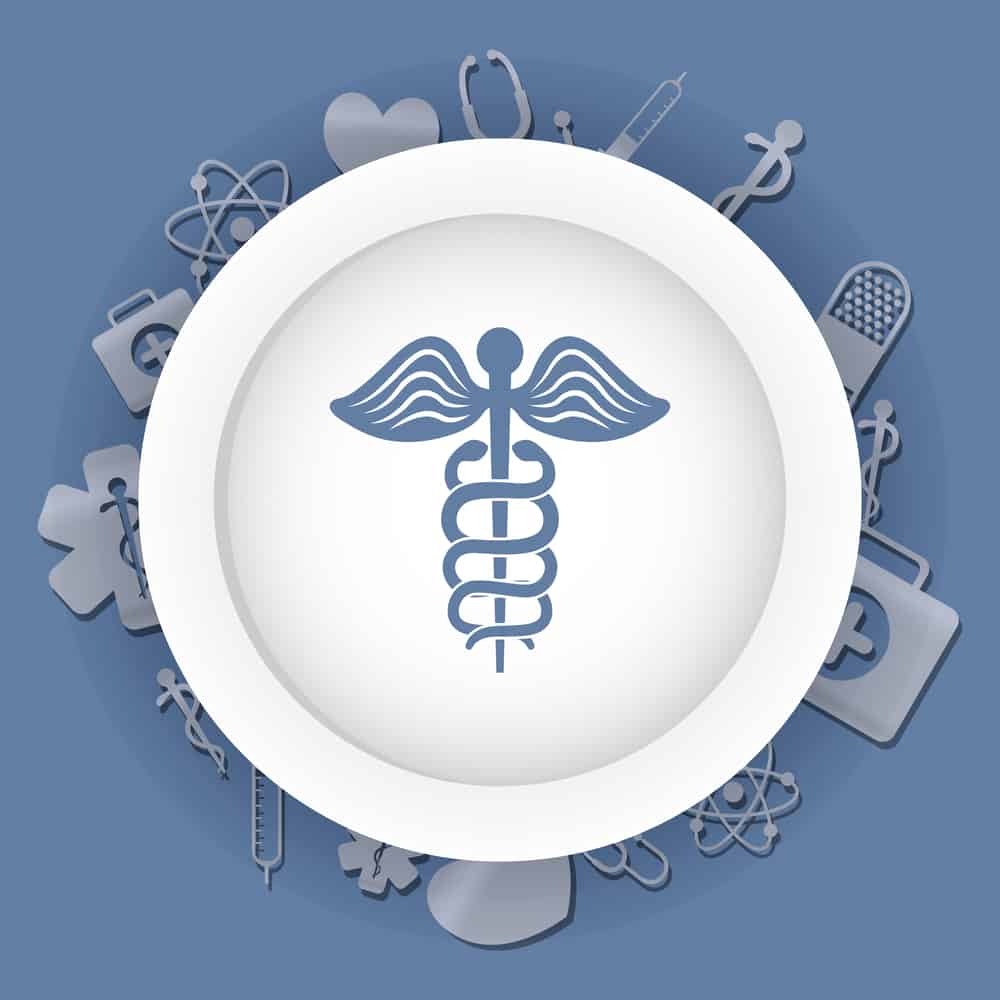
But developing and maintaining a good RTW program takes effort and constant attention. It must be dynamic rather than static, as the very nature of ‘work’ changes continually. The best, most successful RTW programs don’t start with a worker’s injury; instead, it’s a marriage of pre- and post-injury strategies. Five, in particular, have been proven to create winning results.
-
Adopt a biopsychosocial model.
The term ‘biopsychosocial’ is often casually discussed among workers’ compensation stakeholders. According to third-party administrator Broadspire, a Crawford Company, it is defined as:
An interdisciplinary model that looks at the correlation between biology, psychology, and social economic factors. It examines how these aspects play a role in understanding the overall physical being and the road to recovery.
Using this approach can identify factors that cause delayed recovery among some injured workers and allow those managing the claims to intervene with alternative solutions. It is based on the idea that a work injury affects much more than just a person’s work; his medical history, home life, and the support he has — or lack thereof — determines how quickly and how well a person recovers from his injury.
Click Link to Access Free PDF Download
“How Do I Get My Adjusters To Follow My Account Handling Instructions?”
“We need to gather information on the home life responsibilities and support system,” explained Erica Fichter, SVP of medical Management and Accident and Health for Broadspire. “There are various risk assessment tools that measure depression, pain, perceived injustice, or fear manifesting with an injured worker. Knowing these obstacles, upfront can assist in deciding what treatment is needed and when it is needed during the road to recovery.”
-
Transferrable skills analysis.
Often an injured worker is unable to return to his regular position due to physical limitations. In these situations, it’s important to know what other skills she has that can be transferred to another job, either temporarily or permanently.
A ‘Transferable Skills Analysis’ can be used to understand the worker’s work and life experiences to identify other opportunities. For example, a school bus driver whose injury renders him unable to do his job may have a great rapport with children and like to read. While he recovers, he can be brought into the classroom to read to students.
The idea is to keep the worker social and his mind active, so he is doing something that helps him and the organization. Having the assessment completed early in a claim will provide guidance to assess this possibility.
-
Partner with a volunteer organization.
Working for a nonprofit organization is yet another light-duty opportunity for the recovering injured worker. The idea is to match the employee with a volunteer organization that can accommodate his restrictions and provide him with a sense of worth.
“It’s a team effort between the treating physician, the employer, the RTW coordinator, and the injured worker,” Fichter said. “It’s creating a win-win for all; the employee is actually getting back to work, the employer is active in the community gaining goodwill, and the nonprofit is getting support.”
The key to the success of such a program is developing partnerships with nonprofits. By getting to know one another, the employer can easily contact the organization when there is an injured worker who may be appropriate to work there.
“We have seen very good success with being able to reduce the amount of time that somebody is out by transitioning them into a nonprofit and getting them up and working again and getting back on a schedule they can focus on every day and not just being home wondering ‘what is going to happen to me,’” Fichter added.
-
A thorough job description.
A potentially huge problem exists when the work an employee was hired to do differs from what he actually does on a day-to-day basis. Returning someone to a position based on incorrect information can be a recipe for re-injury. It’s crucial that employers and treating physicians have a clear understanding of what the employee actually does.
The job description should include details about the physical demands of the job. This not only helps determine whether a person can return to his job, but whether an applicant is physically qualified in the first place.
“We encourage our employers to have a database of job descriptions for two reasons,” Fichter said. “One, to understand the physical aspects of the job in order to return an injured worker and secondarily to be proactive by knowing what the job entails to prevent those injuries to begin with.”
-
Ergonomic assessments.
This is another strategy that is effective, both pre- and post-injury. These are objective, scientific approaches to identify risks for injury. They allow employers to make improvements to the workplace. Typically, they are inexpensive or require no cost outlay.
An ergonomic assessment post-injury can help the person return to the job and prevent re-injury. Looking at the ergonomic factors and someone’s workplace can help an ergonomist develop a strategy.
For example, a teacher who has injured her arm can be provided with electronic devices to accommodate her and allow her to continue working.
Summary
A well-planned, detailed RTW program is invaluable for an organization. It shows employees that the employer cares and helps the injured worker remain active and recover quicker. Many of the strategies can also prevent injuries from occurring in the first place.

Contact: mstack@reduceyourworkerscomp.com.
Workers’ Comp Roundup Blog: https://blog.reduceyourworkerscomp.com/
©2020 Amaxx LLC. All rights reserved under International Copyright Law.
Do not use this information without independent verification. All state laws vary. You should consult with your insurance broker, attorney, or qualified professional.















 Properly Plan Layoffs To Control Workers Comp Costs
Properly Plan Layoffs To Control Workers Comp Costs
